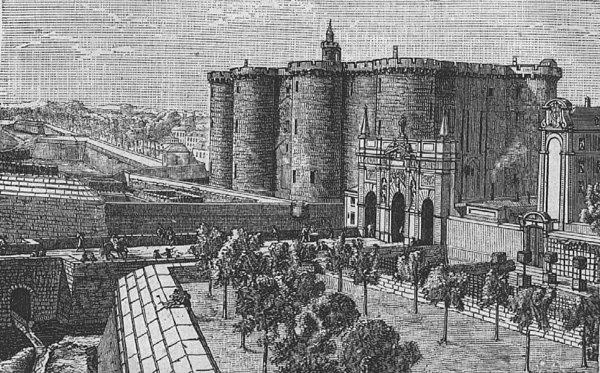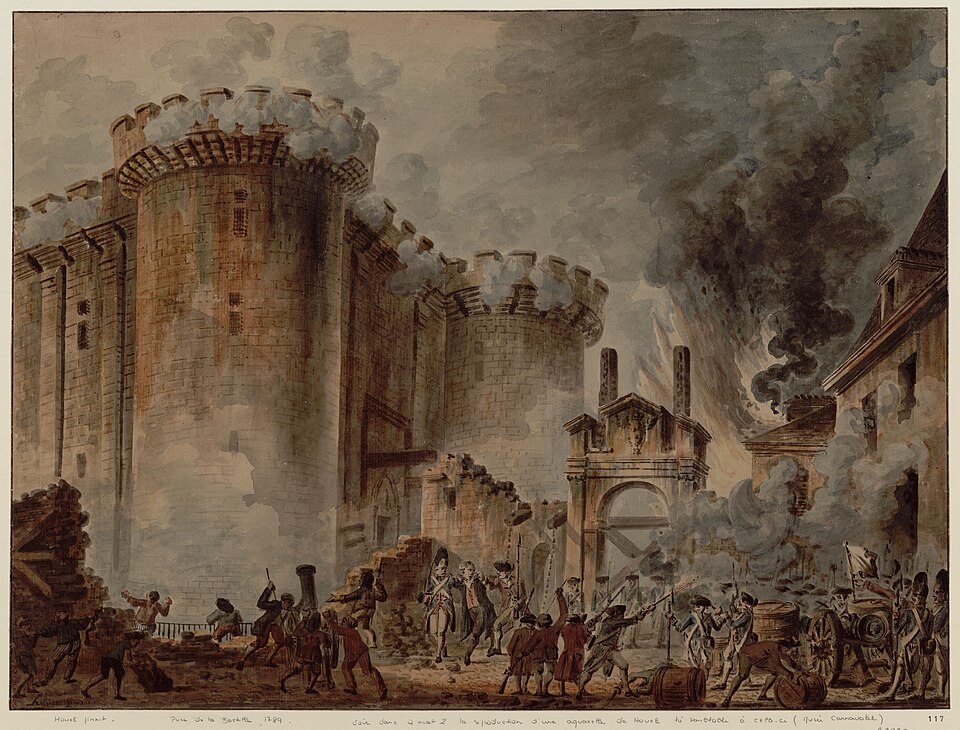Maybe at some point you have heard about the French Revolution, but have you ever wondered what event marked the beginning of the French Revolution?

Image - From Wikipedia
On Tuesday, July 14, 1789, the Storming of the Bastille took place in Paris.
The storming of the Bastille took place amid a climate of increasing social and political tension. During the preceding months, Paris was engulfed in popular discontent: the economic crisis, hunger, and the perception of an arbitrary absolutist government had ignited the people's fury. Many saw in the Bastille (an ancient medieval fortress converted into a prison) the symbol of despotism, even though at that time it only housed a small number of prisoners.
How did the events unfold?

Image - From Wikipedia
On Tuesday, July 14, 1789, the crowd primarily organized itself to obtain ammunition and gunpowder, which were stored in the fortress. Initially, negotiations began with the garrison, whose governor was Bernard-René de Launay; however, as the talks grew tense and popular pressure mounted, the situation escalated into an assault. The mob, mostly armed with improvised weapons and a few cannons, stormed the Bastille. Intense clashes ensued: after exchanges of gunfire and a number of casualties on both sides, the defenders could not withstand the fury of the crowd and eventually surrendered. With the fall of the Bastille, a symbolic collapse of the Ancient Régime's power took place, marking the beginning of a series of transformations that paved the way for the French Revolution.
The importance of the storming of the Bastille lies in its symbolic value, representing the collapse of the absolutist power of the French monarchy. However, it was not an act as politically and strategically significant as it is often portrayed by romantic historiography, since the Bastille only housed a mere seven prisoners.
Thank you for reading, and I hope to bring more history content soon.